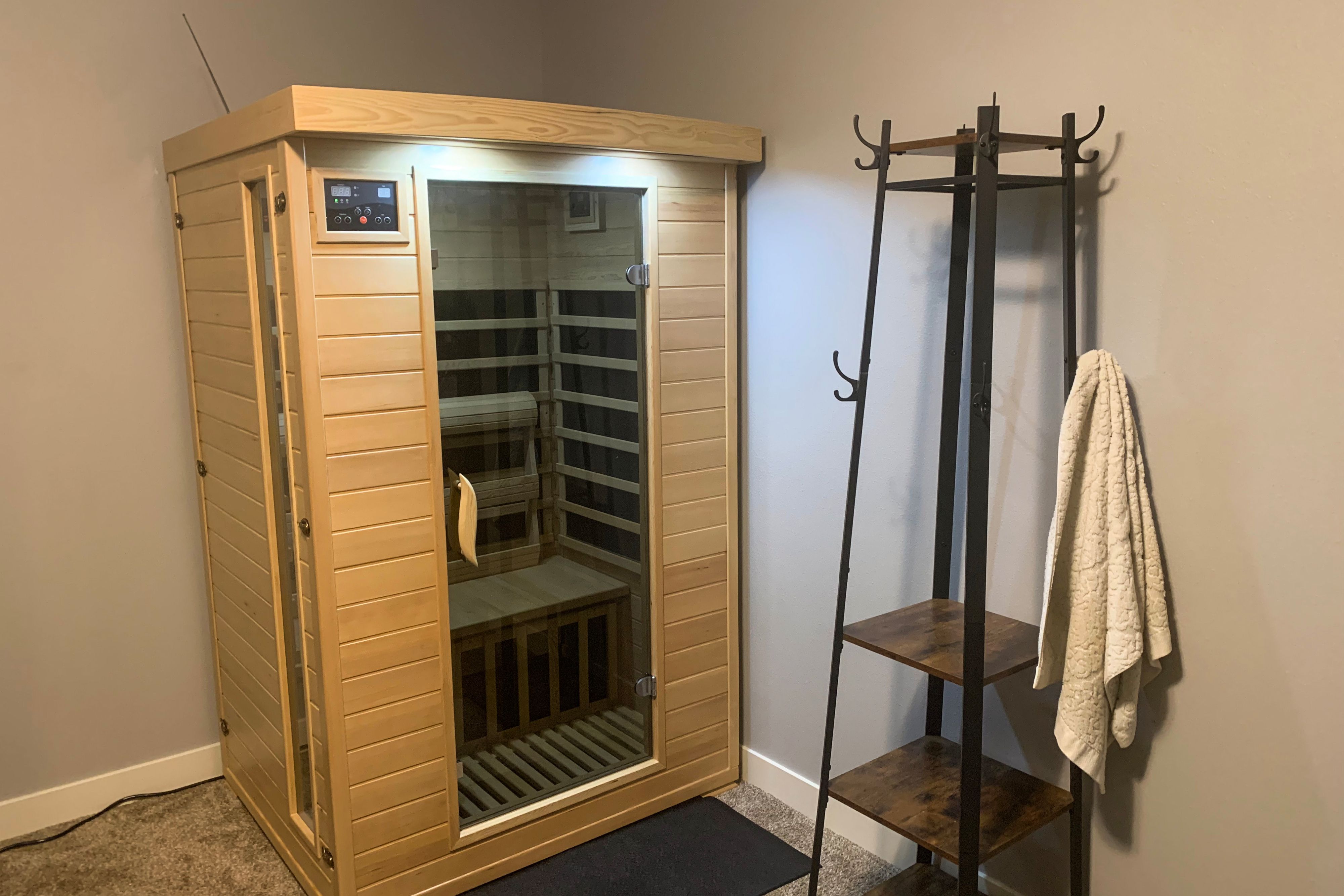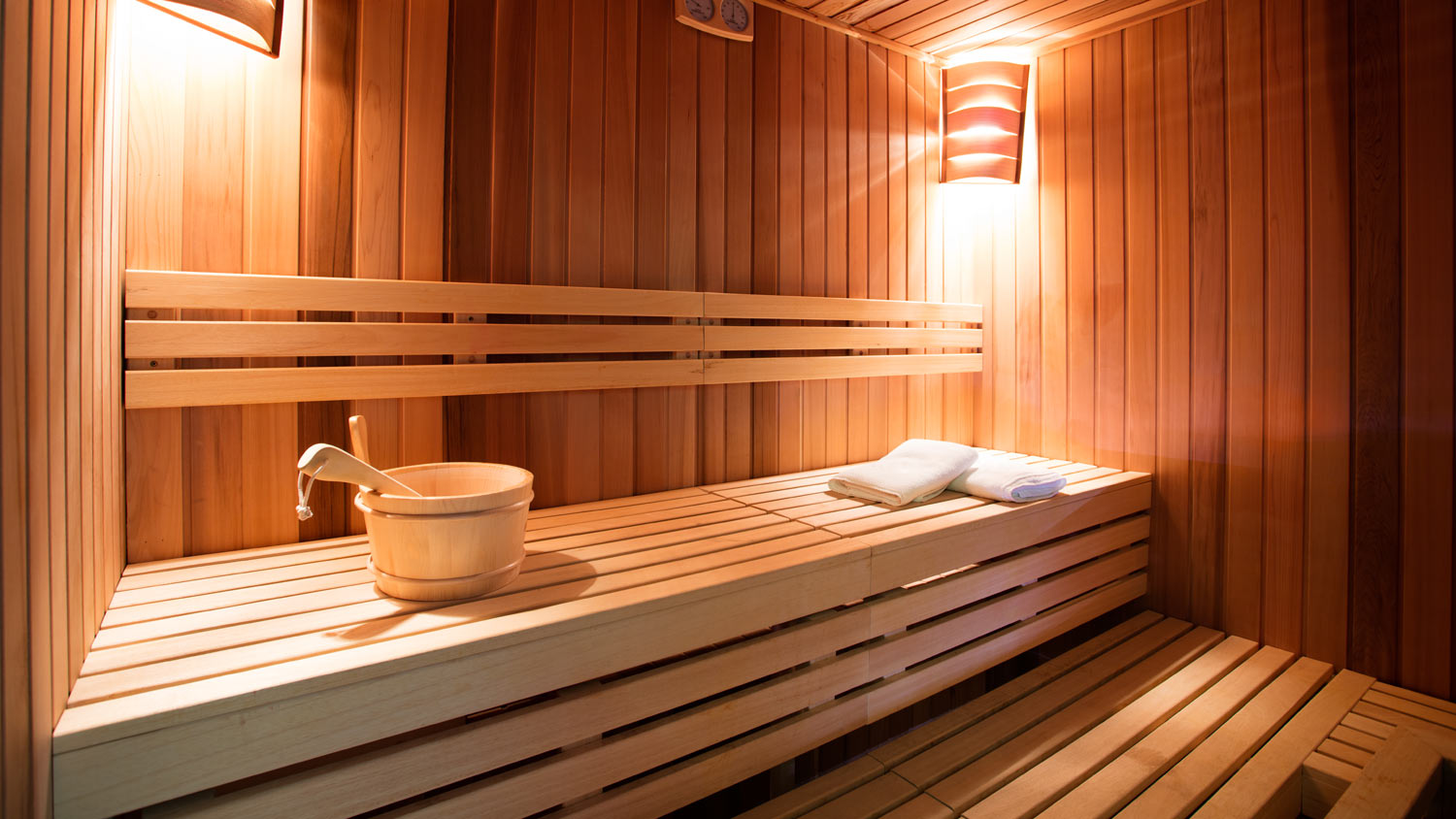So, I decided I wanted a home sauna, a little sweat lodge just for me. The big question, of course, was how much this whole thing was going to set me back. I started digging around, and boy, let me tell you, the prices were all over the place. It wasn’t as simple as just picking one off a shelf.
My Initial Research Phase
First things first, I hit the internet. I typed in “home sauna price” and “steam room cost at home.” What I got was a flood of options. You had these little pop-up tent saunas for a few hundred bucks, all the way up to custom-built rooms that looked like they belonged in a five-star spa, probably costing more than my car.
I quickly realized there are a few main types, and the price changes a lot depending on what you’re after:
- Portable Infrared Saunas: These were the cheapest. Some looked like sleeping bags you sit in. Prices started around $200-$500. Not quite the “room” experience I was picturing.
- Prefab Infrared Sauna Kits: These are the ones you assemble yourself, usually for 1-4 people. Made of wood like hemlock or cedar. This seemed more like it. Prices here were mostly in the $1,500 to $5,000 range for decent ones. The bigger they got, or the more fancy features like chromotherapy lights, the higher the price.
- Traditional Finnish Saunas (with electric heaters and rocks): These also came in kits. They seemed a bit more involved, needing more robust electrical work sometimes. Prices felt similar to the infrared kits, maybe starting a tad higher, say $2,000 and going up to $7,000 or more for the nicer, larger kits.
- Steam Rooms/Showers: This was a different beast. You’re talking about tiling, plumbing, a steam generator. If you’re just adding a generator to an existing shower, maybe $1,000-$3,000 for the unit and installation. But a dedicated steam room? That’s custom work, easily $5,000 to $15,000+. I quickly decided a full steam room was probably out of my league for this project.
Getting Down to Brass Tacks
I figured a prefab kit, either infrared or traditional, was my best bet. So, I started looking at specific brands and models. I spent a lot of time reading reviews, trying to figure out what was a gimmick and what actually mattered. Things like the type of wood, the heater quality, warranty, and how hard it was to put together all played a part in the cost.

I made a spreadsheet. Yeah, I’m that guy. I listed the models I liked, their dimensions (super important to make sure it would even fit!), the type of heater, the wood, any special features, and the price. I also started noting down shipping costs because those could add a hefty chunk.
I actually called a couple of companies. Some were super helpful, others just wanted to push their most expensive model. One guy tried to tell me I needed a six-person sauna. Dude, it’s just me, and occasionally my partner. We don’t need a party sauna.
My Personal Experience with “Hidden” Costs
This is where it got interesting. The listed price for a kit isn’t always the final price. Here’s what I found I needed to budget for beyond the sticker price:
- Shipping: Sometimes free, sometimes hundreds of dollars, especially for the bigger units that came on a pallet.
- Electrical Work: This was a big one. Most dedicated saunas, especially traditional ones or larger infrareds, need a dedicated circuit. I’m handy, but I wasn’t messing with that. I got a quote from an electrician, and that was going to be another $300 to $800 depending on how complex the run was from my panel.
- Assembly: Most kits are “DIY,” but if you’re not comfortable, or don’t have the time or tools, you might pay someone. I decided to tackle this myself to save money.
- Flooring: Some people put them straight onto concrete, but if it’s going on a different surface, you might want some kind of waterproof mat or specific flooring underneath. I just planned to put a heavy-duty mat under mine.
- Accessories: Buckets, ladles, backrests, essential oil diffusers. Little things, but they can add up if you want the full experience.
Making the Decision and the Final Tally
After weeks of research, comparing, and nearly pulling my hair out, I settled on a 2-person infrared sauna kit. It was made of Canadian hemlock, had decent quality carbon heaters, and the reviews were mostly positive about the ease of assembly and customer service. The list price was $2,200.

Shipping was an extra $150. I got lucky with the electrical – my brother-in-law is an electrician and helped me out for the cost of materials and a good dinner, so let’s call that $100 for supplies he needed.
I assembled it myself over a weekend. It wasn’t too bad, mostly snapping panels together, but it definitely took two people for some parts. I bought a nice cedar bucket and ladle set, and a comfy backrest, which added another $70.
So, all in, my home sauna ended up costing me roughly: $2,200 (sauna) + $150 (shipping) + $100 (electrical bits) + $70 (accessories) = $2,520.
My takeaway? You can spend a little, or you can spend a LOT. It really depends on what you want, how much space you have, and how much work you’re willing to do yourself. For me, around $2,500 to $3,500 seems to be a realistic sweet spot for a good quality, 1-2 person prefab infrared or basic traditional sauna, including the essential extras like electrical if you need it professionally done. If you want bigger, fancier, or a full custom steam room, then the sky’s the limit, really.

It was a bit of a process, but totally worth it in the end. Hope my little journey helps you figure out your own sauna budget!
